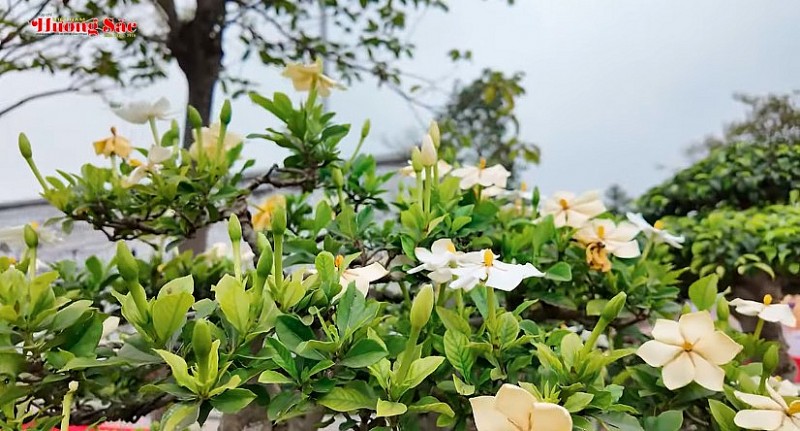Leaving a $1,000 office job, engineer turns cactus into food and drink
8X engineer quits thousand-dollar job, starts business with cactus
Mr. Tran Bao Huy, born in 1988, graduated with a degree in mechanical engineering and started working for a Japanese corporation in Ho Chi Minh City with a stable income.
However, after 7 years of working in an office, he felt it was time to change and find a new direction for himself. He and his wife decided to leave the city and move to Da Lat City (Lam Dong Province) to start a business in the homestay business.
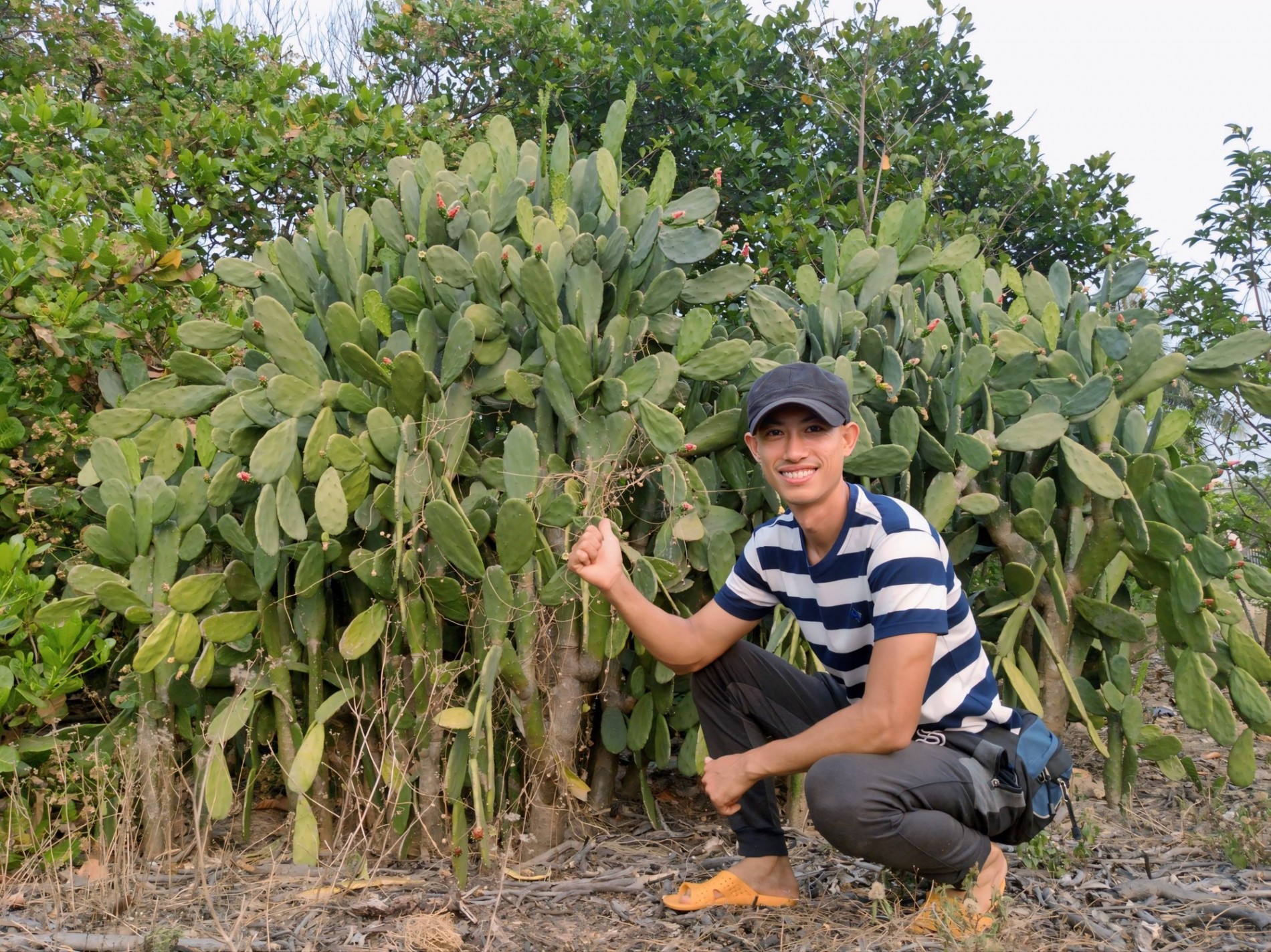 |
| After 4 years of planting, Mr. Huy has created a cactus garden that grows well and has high productivity. Photo: Provided by the subject. |
During the process of designing and building the homestay, Mr. Huy bought bunny ear cactus to decorate the space. By chance, he learned that this type of plant is not only edible but also has the effect of supporting the treatment of bone and joint diseases and diabetes.
Having traveled along the Central region, witnessing many places suffering from desertification, where no plants could survive, Mr. Huy thought that bunny ear cactus was the "savior" for this land. Through the research process, he also discovered that this plant was once tested in Ninh Thuan to feed livestock, but the project failed due to not finding a consumer outlet.
“The reason I am attached to cactus comes from witnessing recently many areas in the Central region suffering from desertification, prolonged drought, and people struggling because their crops cannot survive.
I chose cactus because this is a plant with strong vitality, drought resistance, easy to adapt, needs little water, and can be processed into many valuable products for health. For me, each cactus bush that grows is not only a plant, but also a green shoot, a new hope for the wasteland and for the people here,” he shared.
Seeing Mexican people process cactus into juice, pickled foods, cakes, etc., he decided to try it. At first, Huy planted cactus on his parents' land. His mother was worried when her son quit his leisurely office job worth thousands of dollars to grow cactus.
Many people commented that he and his wife were "crazy" to quit their company jobs, leave the city to return to the countryside to start over. But Tran Bao Huy said that is the path he chose and will persistently pursue.
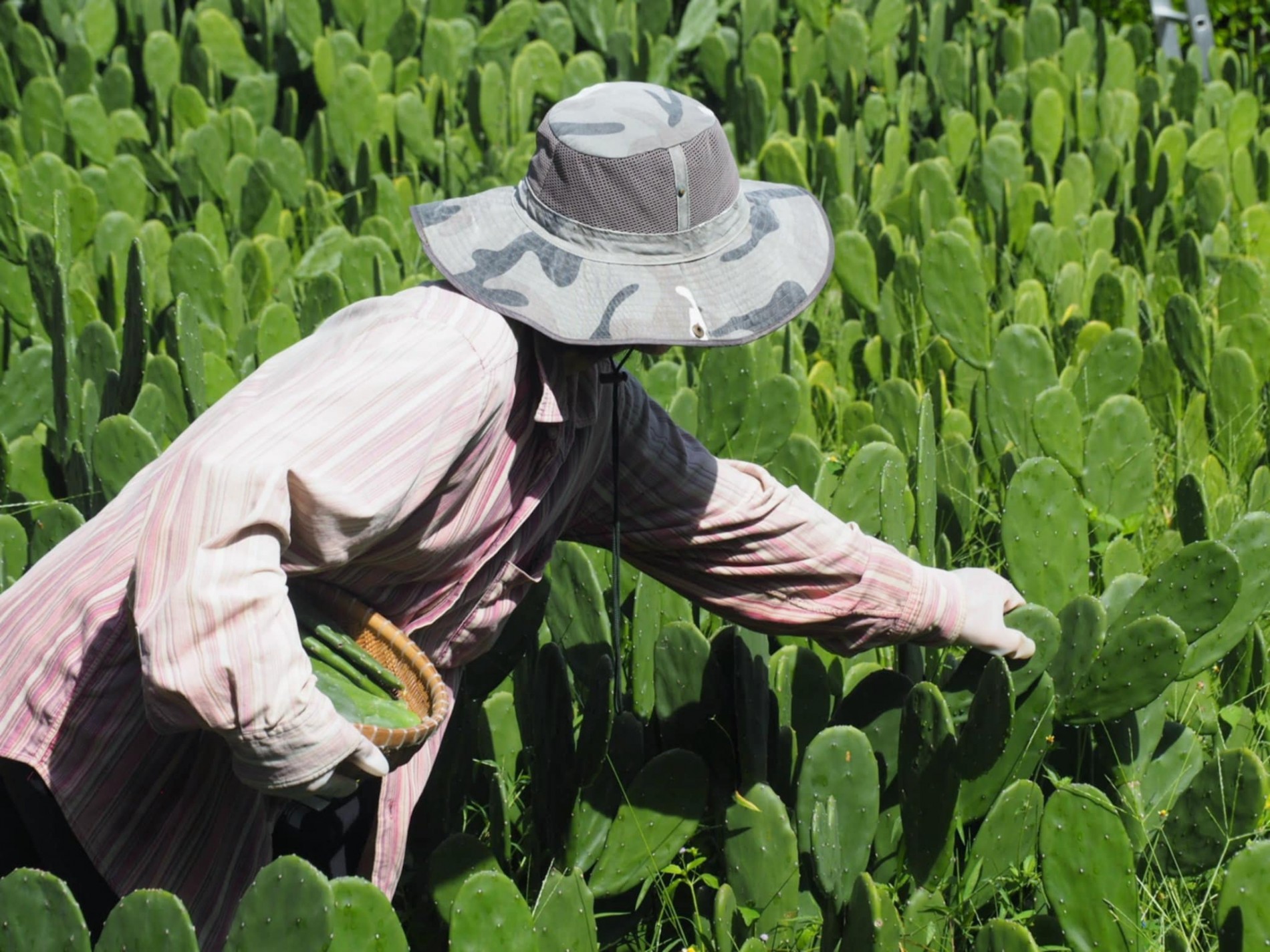 |
| After many failures, Mr. Huy still persistently pursues the path he has chosen. Photo: Provided by the subject. |
Later, the couple rented a 3,000-square-meter plot in Da Lat to grow cacti. In the early days of experimenting with turning cactus into food and drinks, Huy faced repeated failures.
“The pickled cactus developed a white film and became slimy, while the juice tasted absolutely undrinkable,” he recalled.
After a year of trial and error, failure followed failure. To make matters worse, their cactus garden in Da Lat began to wither as snails devoured the plants. The couple then relocated to a mountainous area in Ninh Thuan province, where they rented a 3-hectare plot and planted 5,000 new cactus plants. Just four months later, they had their first harvest.
Determined to make it work, Huy began refining his fermentation technique using fresh cactus combined with its own juice. After three months of persistent experimentation, the natural fermentation process finally yielded promising results—and the pickled cactus product was officially complete.
Riding this momentum, Huy drafted plans for a small, modern production facility with a closed-loop system to ensure consistent quality and prepare for market expansion.
Just as the product began gaining traction in the market and Huy was ready to expand, the workshop owner demanded the return of the facility. Soon after, the landowner also reclaimed the cactus field. Nearly a year’s worth of effort suddenly vanished.
For a week, Huy and his wife tirelessly cleared the garden under the scorching sun, their skin darkened by sunburn. Some days, they were so exhausted they couldn’t bring themselves to eat. Still, one blessing remained—the favorable climate allowed their plants to thrive, providing enough fresh ingredients to continue juice production experiments.
By July 2023, the first bottles of cactus juice were released. They met natural preservation standards, maintaining quality for a full year without refrigeration. In 2024, both the juice and the pickled cactus products received food safety certification. Huy officially established a production facility and launched his brand into the market.
He began sourcing cactus from coastal provinces and partnered with 20 households in Phu Yen to grow Opuntia, or prickly pear cactus, for supply.
Proud to revive barren land and support local farmers
Reflecting on his grueling entrepreneurial journey, Huy shared: “Starting a business with cactus was anything but easy, especially with a plant that’s still unfamiliar to many Vietnamese.
From researching its benefits and experimenting with processing techniques to finding ways to enter the market— - I’ve experienced more failures than I can count.”
Today, Huy’s business under the Leafking brand has become more stable. His core products include cactus juice and cactus tea bags. Interest has been growing from both local consumers and overseas Vietnamese, especially those who value natural, health-conscious products.
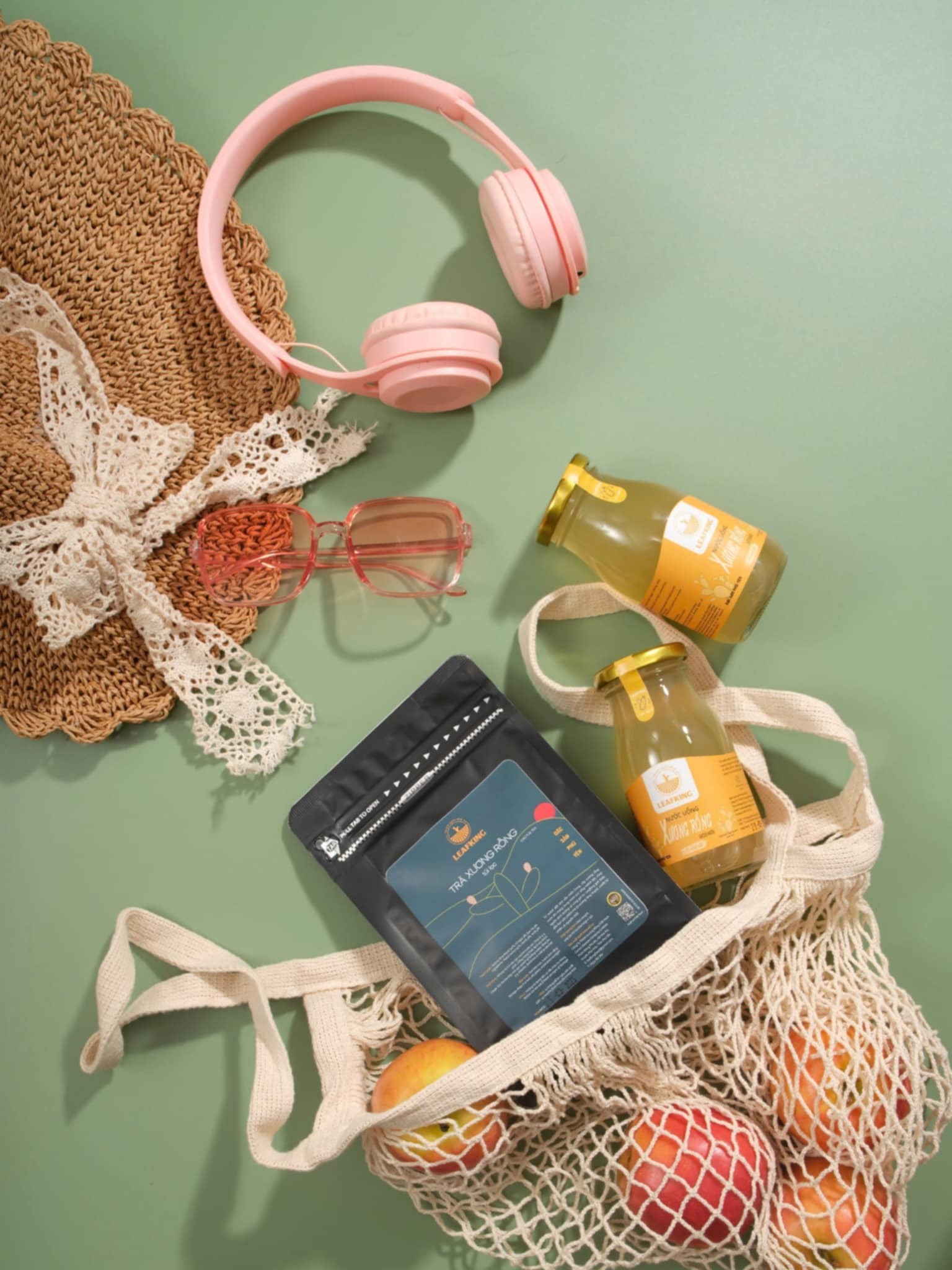 |
| Leafking brand cactus tea and cactus drink products are sold on the market. Photo: Provided by the subject. |
Mr. Huy is happy because his family and friends are proud of him for being able to do something meaningful for the community, while also affirming the Phu Yen specialty brand from cactus. “Many people say: “You can do something that few people dare to think of” - that is the motivation for me to continue trying,” he shared.
Currently, Mr. Huy is planting 3,000 cactus trees in Phu Yen. The 8X business owner is piloting on a small scale, hoping that people will know and connect, and plant cactus with him.
When asked about his experience growing bunny ear cactus, Mr. Huy said: “Caring for cactus sounds easy, but you also need to understand the characteristics of the plant. This is a drought-tolerant species, suitable for most types of soil, but you still need to ensure good drainage during the rainy season to avoid waterlogging.
Water sparingly, just 1-2 times a week is enough. In addition, you need to regularly prune and remove diseased branches so that the plant grows evenly and produces good yields.”
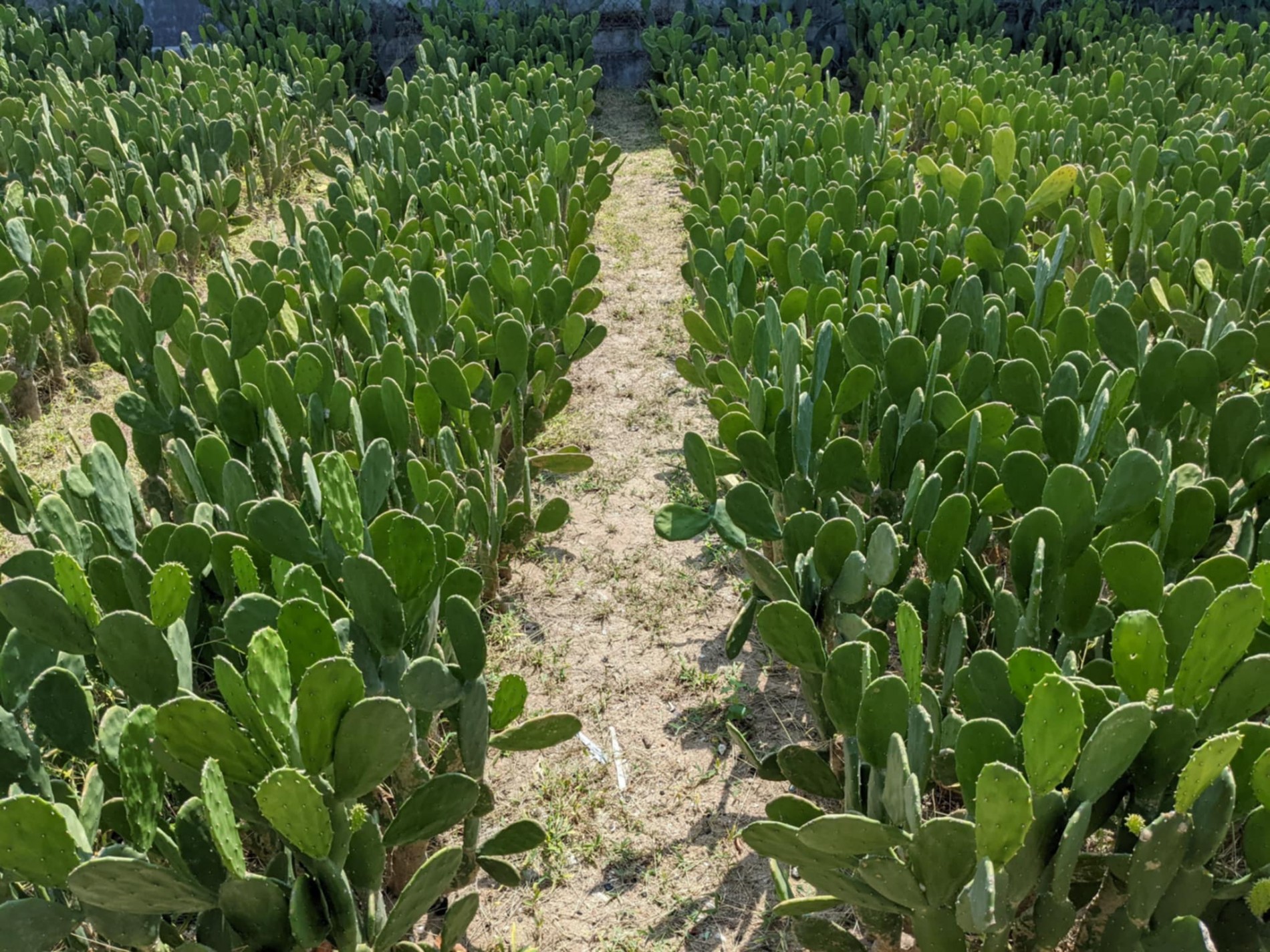 |
| At present, Huy is cultivating 3,000 cactus plants in Phu Yen. (Photo provided by the subject). |
Looking back on the 4 years of starting a business with the bunny ear cactus, experiencing many difficulties and failures, Mr. Huy feels proud not only because of the project's profits. He is proud to have contributed to regenerating barren land, helping many farmers earn extra income by growing and selling cacti for the Leafking brand.
"I am proud to have turned a plant considered "useless" into a specialty, a valuable product and helped the people of my hometown have more faith in the future", the businessman shared.
Other News
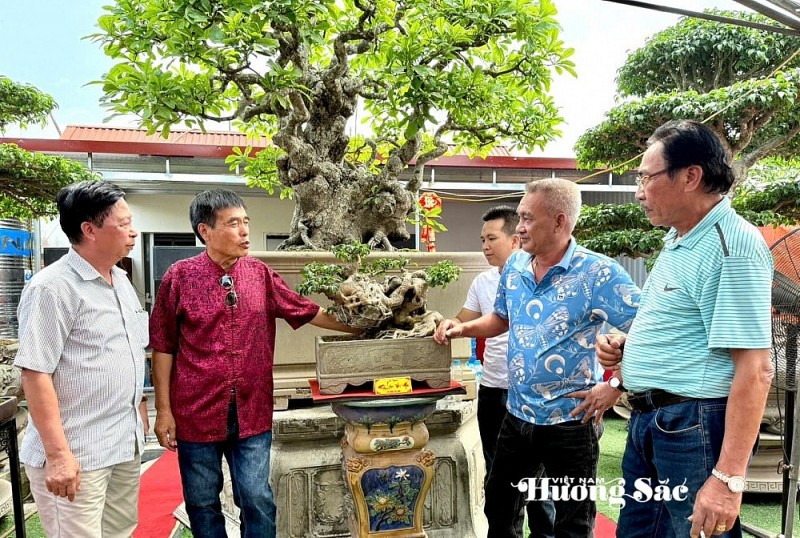
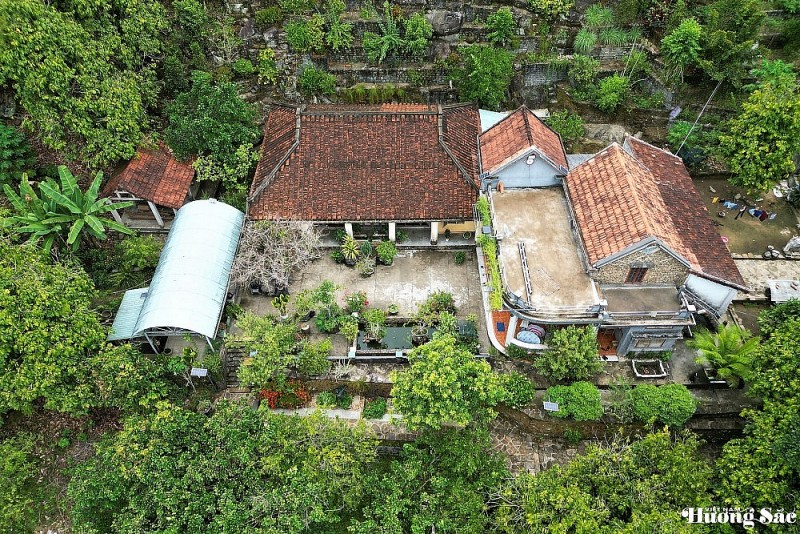
Look inside the million-dollar jackfruit wood ancient house in Quang Nam Province
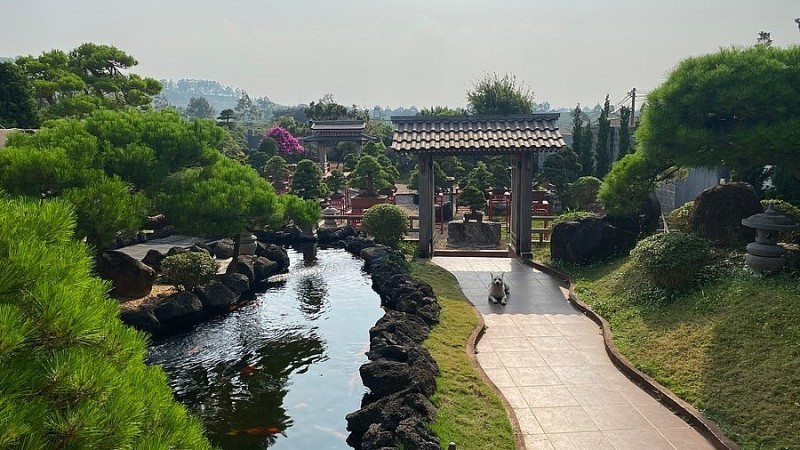
Check-in at a picturesque Japanese-style pine bonsai garden in Pleiku
Read more
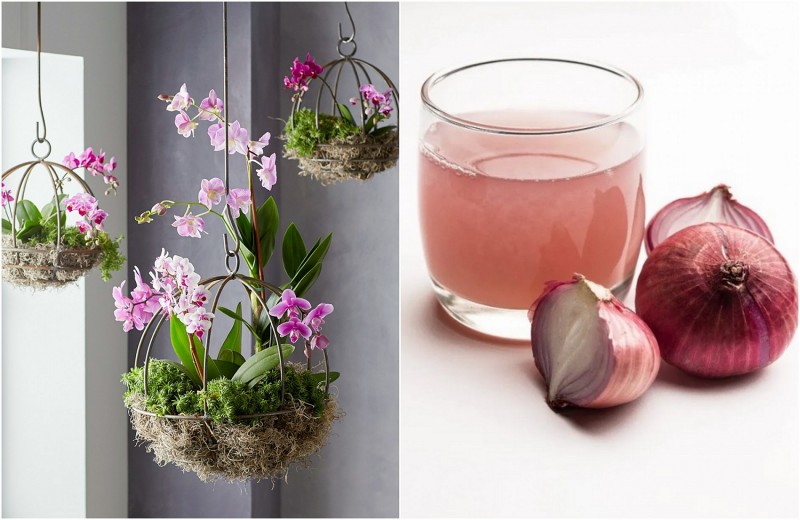
Not water, but understanding makes ornamental plants flourish

Bioponic vertical garden: When green sprouts in the heart of the city

Breakthrough mechanisms needed to promote biotechnology application in Hanoi’s agriculture

Fish robots: Technological solutions open the era of smart aquaculture
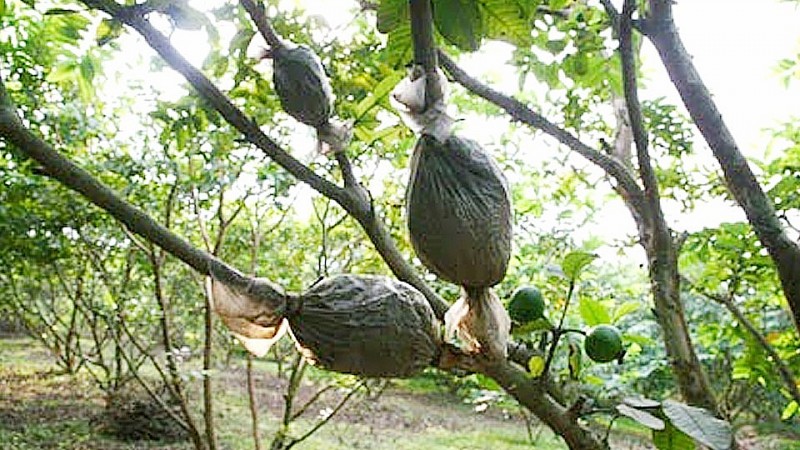
Air layering plants: An effective propagation method with great economic potential

Deteriorating air quality: Time for Hanoi to make bold investments in green spaces
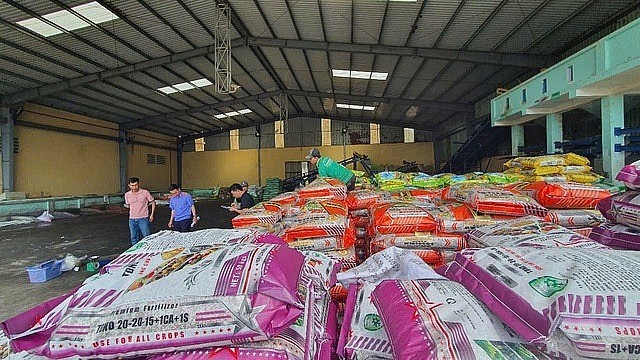
From fake fertilizers to green transformation: Opportunities in challenges

White Camellia: Nature-Healing Ornamental Treasure
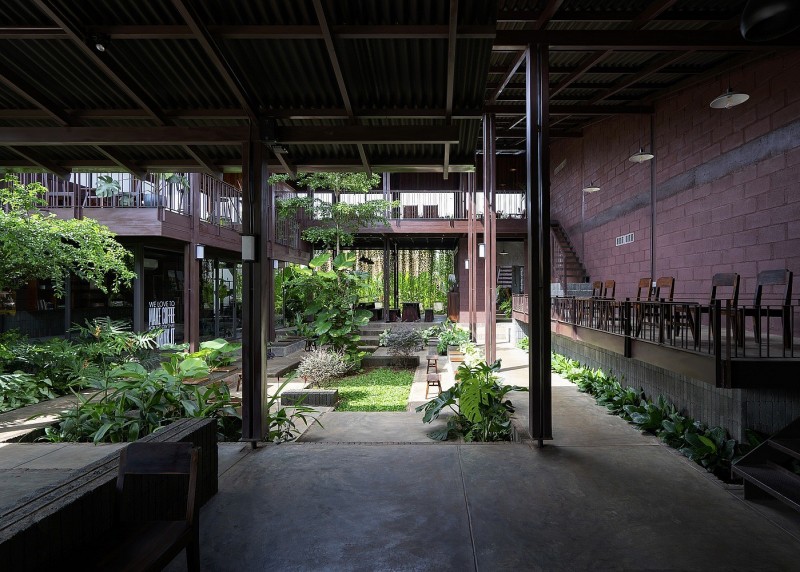
Coffee commune: A Green architectural space for community memory
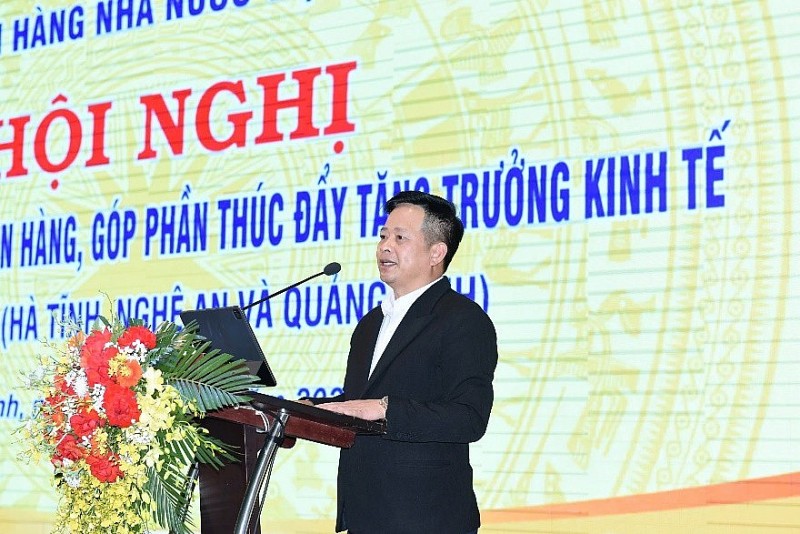
Accompanying sustainable agriculture: Perspective from Agribank and opportunities for developing Vietnam's Ornamental Plants industry
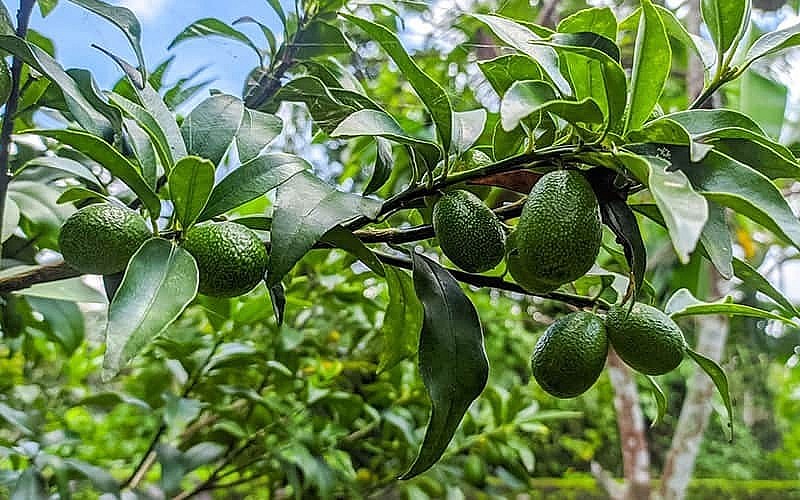
A superfruit widely grown in Vietnam, securing farmers stable income
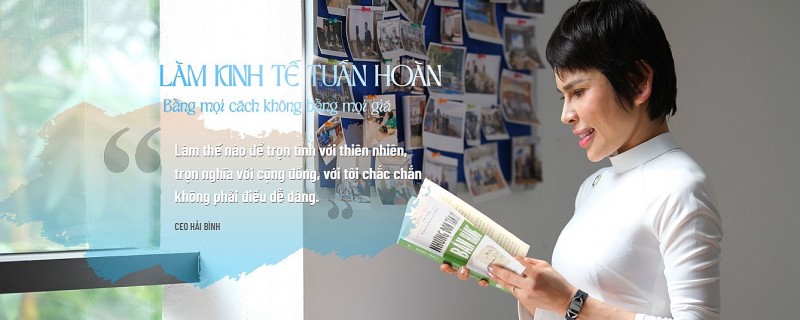
STP Group: Nguyen Thi Hai Binh - The pioneer woman bringing the ocean into the circular economy and the journey of "connecting values - connecting the community"
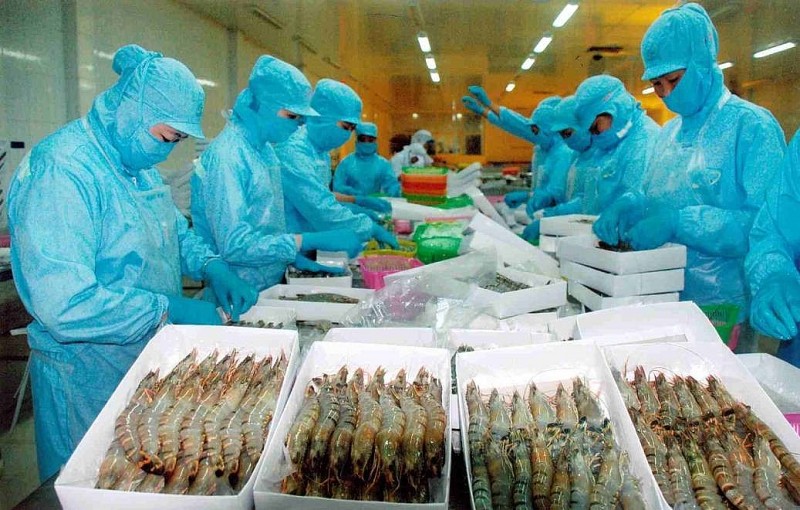
US imposes 46% reciprocal tax on Vietnamese goods: Risks and solutions for agricultural exports
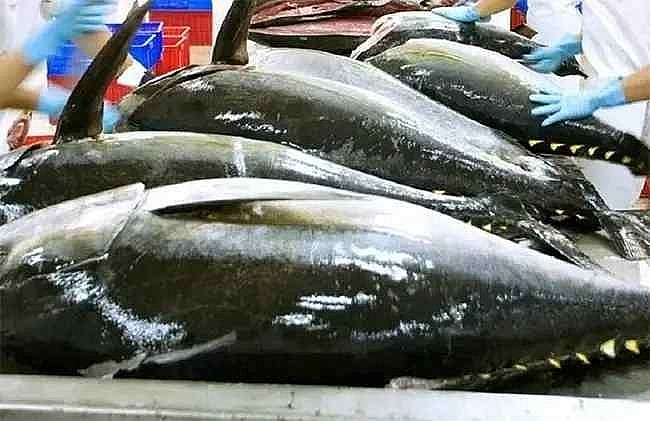
After durian, Vietnamese tuna emerges as a strong competitor to Thailand in global market

Vietnam named one of Asia’s top wildlife watching destinations
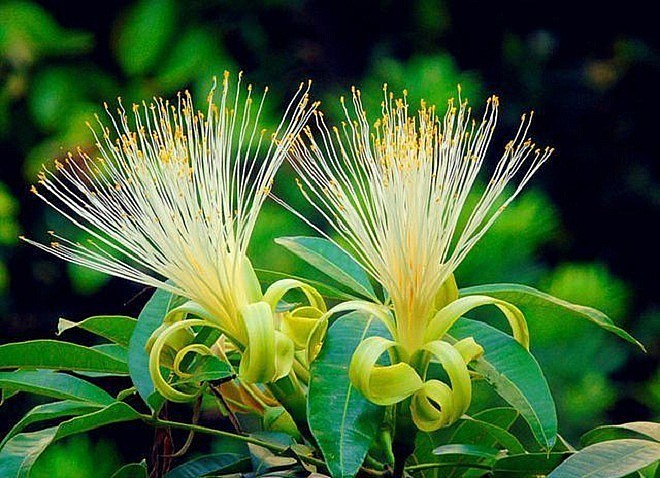
Blooming money tree - A rare omen of wealth and prosperity

Bún Flowers: Hanoi’s hidden floral delight
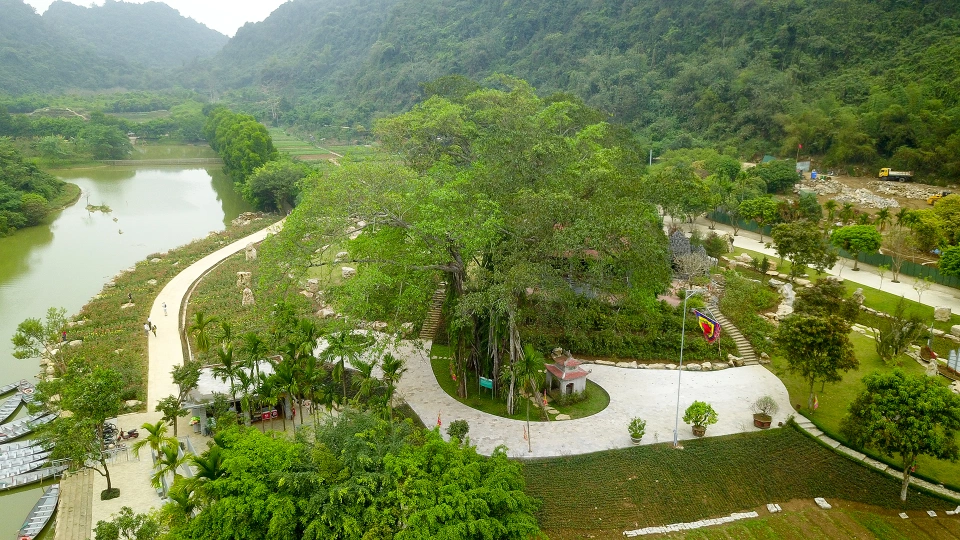
The thousand-year-old "moving" banyan tree in Ninh Binh, each step takes a century
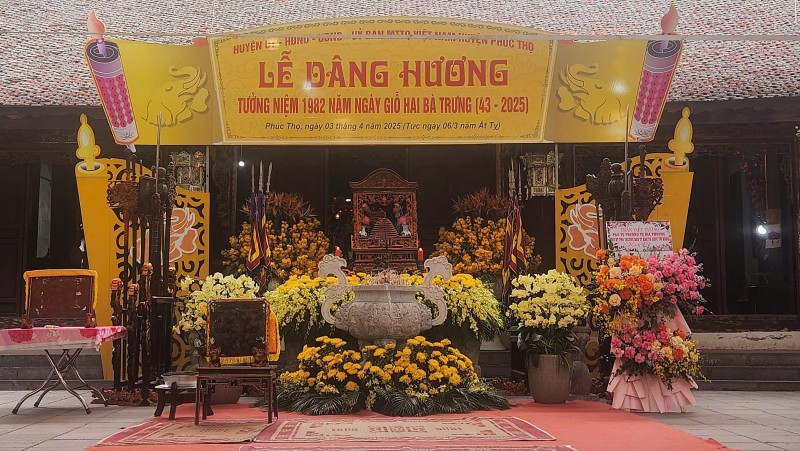
Hat Mon Temple – Historical Mark of Hai Ba Trung
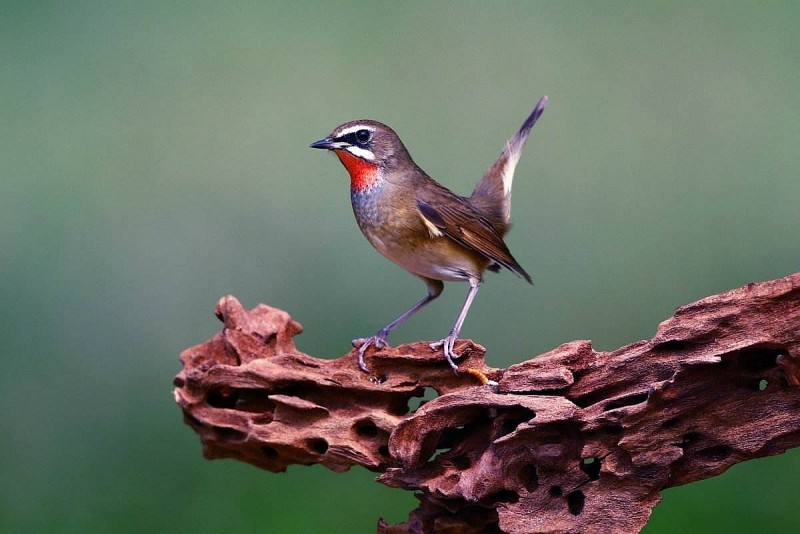
Discovering 4 bird species that have captivated the Chinese for centuries
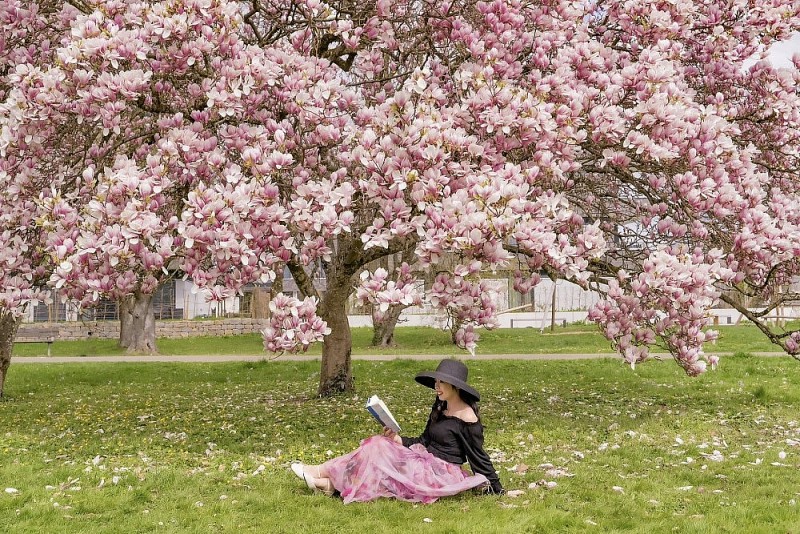
Vietnamese women and magnolia blooming seasons in Europe

Planting native species: A global trend for greener homes and bird-friendly spaces

56-year-old man living alone in the forest for 27 years with birds
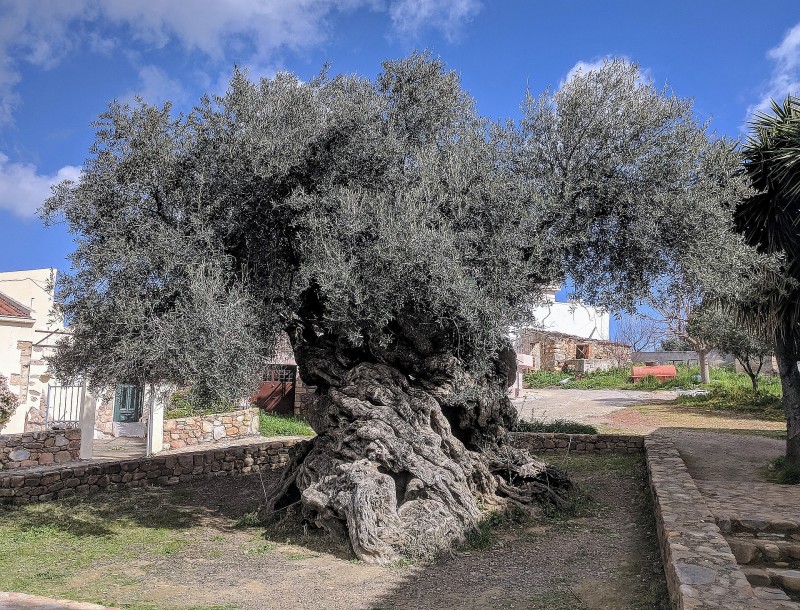
Gazing at a 5,000-year-old olive tree in Greece

Phong Nha - Ke Bang National Park: Revival of 7 rare Indochinese tigers
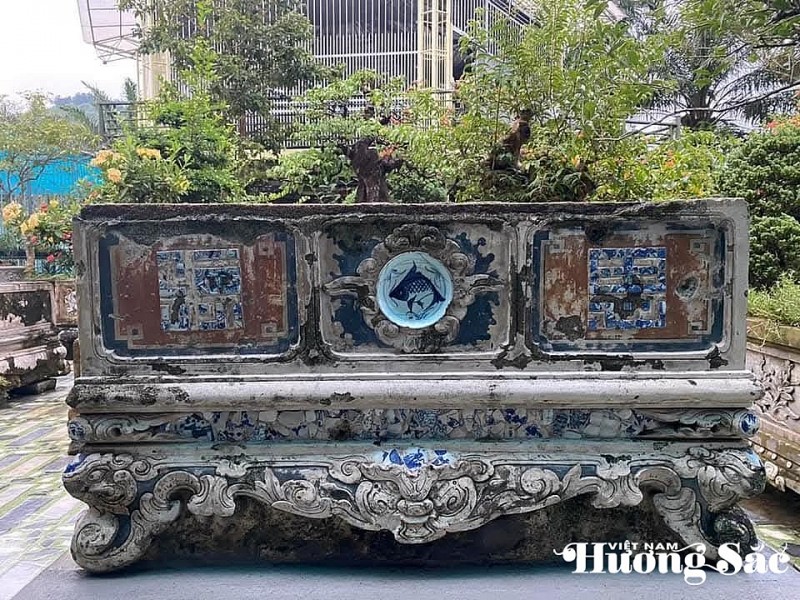
The 9X artist turns water hyacinth into living art
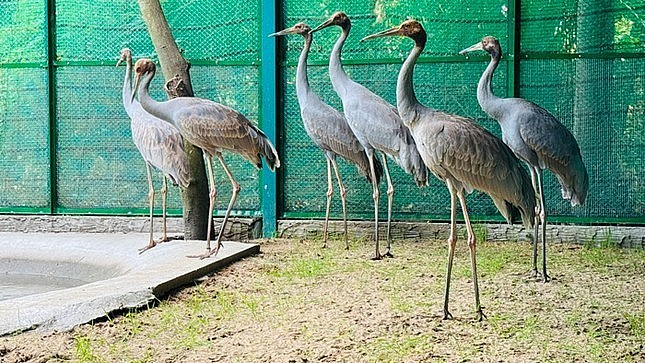
6 Sarus Cranes complete quarantine, set to return to Tram Chim National Park

Hong Loan Mai – The graceful charm of a bonsai beauty
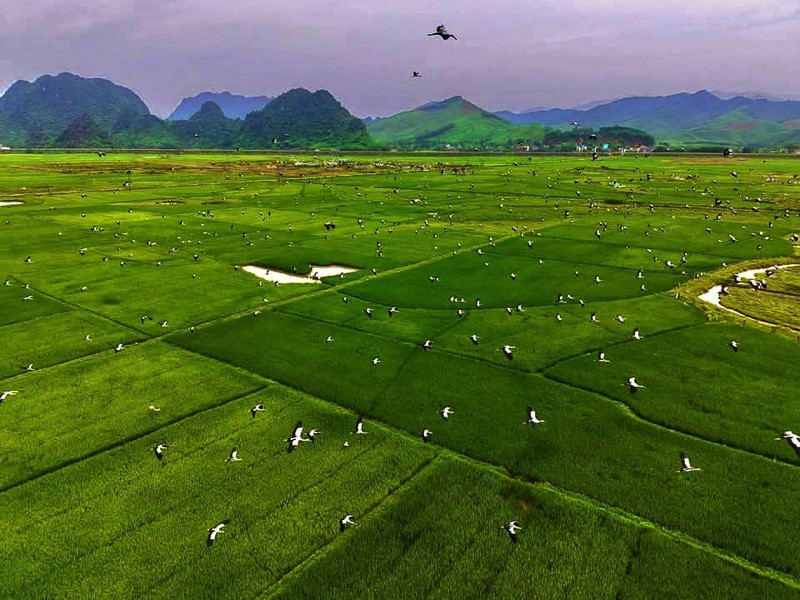
Endangered stork species making surprise appearance in Phong Nha - Ke Bang

Department of Crop Production and Plant Protection: "Orienting the total production value of flower and ornamental plant sector reach 70-75 trillion VND by 2025"

The 9X artist turns water hyacinth into living art

Over 1,000 artworks featured in the 2025 Expanded Ornamental Creatures Exhibition of Van Giang District

Endangered stork species making surprise appearance in Phong Nha - Ke Bang

Over 1,000 master bonsai trees gather in Quang Ngai, dazzling plant enthusiasts
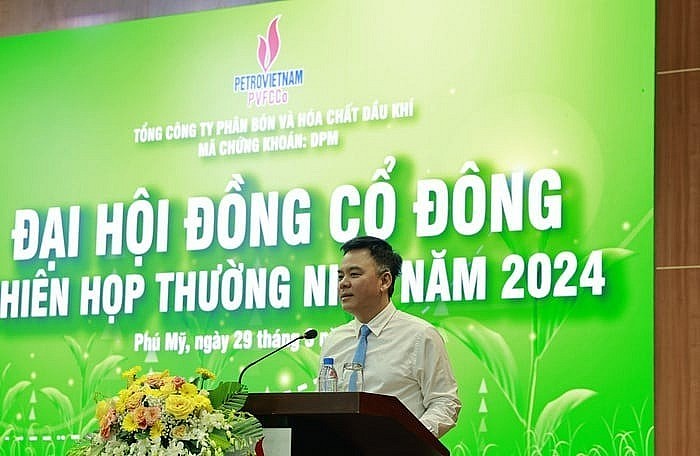
From the first granule of urea to a national brand: PVFCCo and its mission beyond the continent

STP Group: Nguyen Thi Hai Binh - The pioneer woman bringing the ocean into the circular economy and the journey of "connecting values - connecting the community"
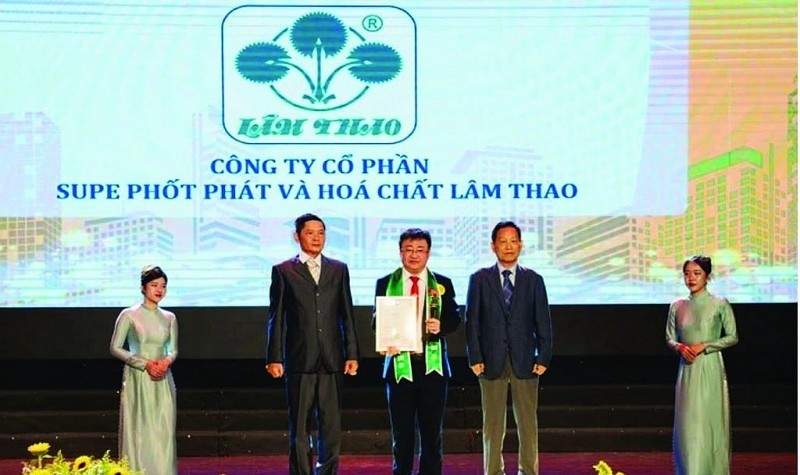
Toward the Celebration of the 63rd Anniversary of Lam Thao Superphosphate Company: From following President Ho Chi Minh’s wish to a national brand

Trailer introducing the special issue of Vietnam huong sac Magazine, published on May 19
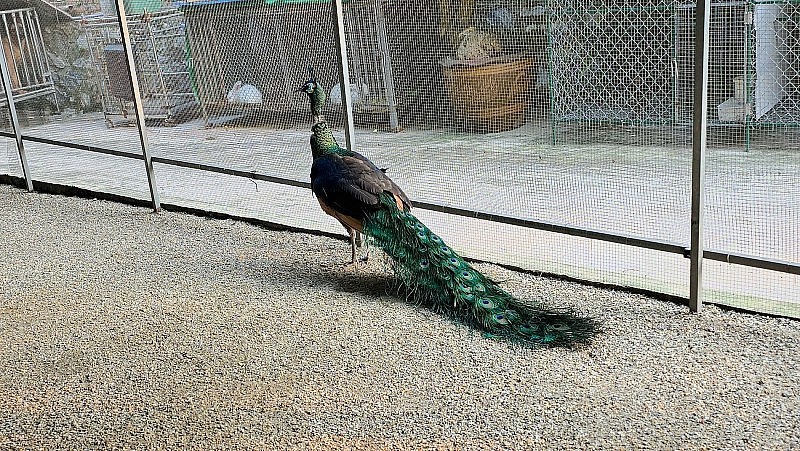
Surprised by rare songbirds at Dung Tan Center in Thai Nguyen Province
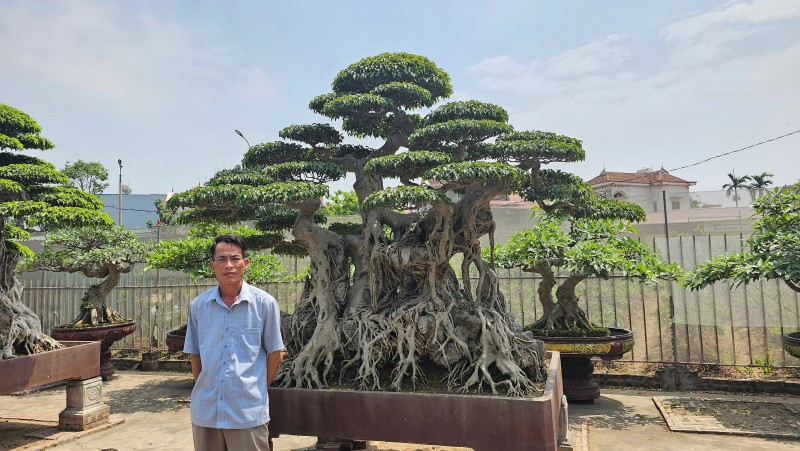
A passionate horticulturist committed to preserving the Sanh Da bonsai lineage in Hưng Yên

Look inside the million-dollar jackfruit wood ancient house in Quang Nam Province
